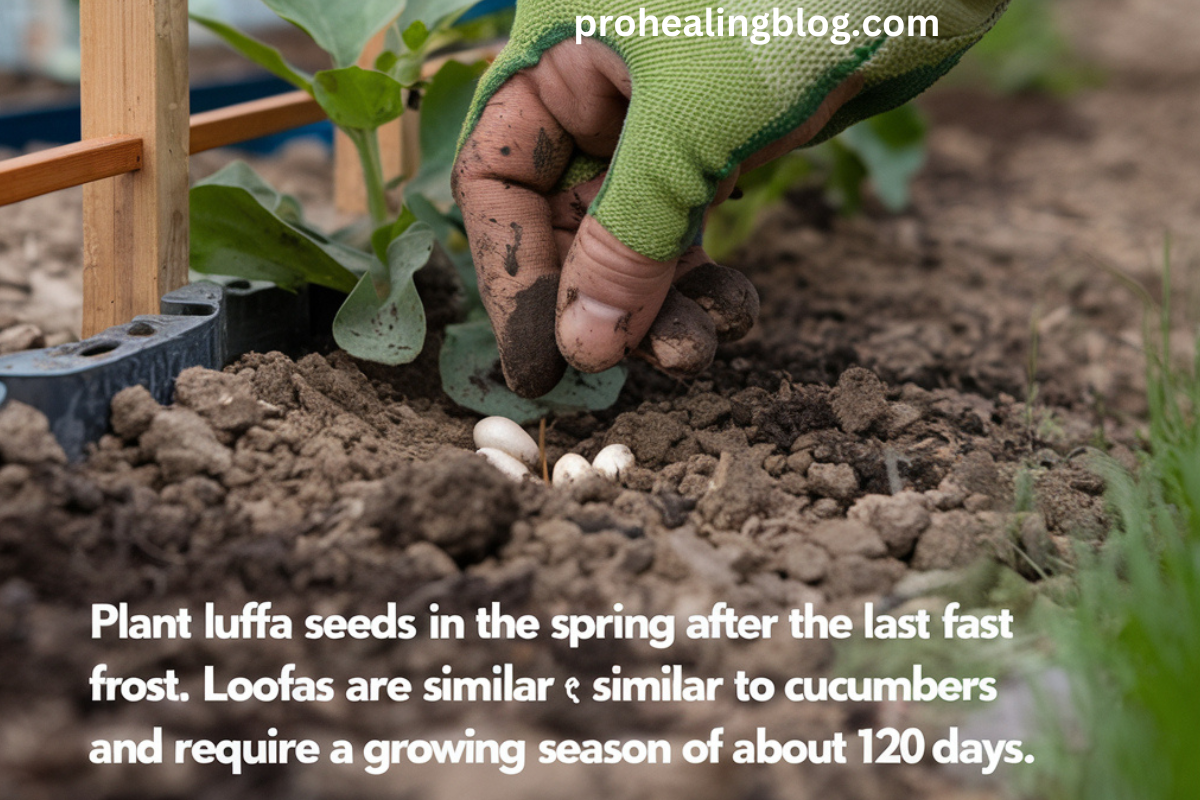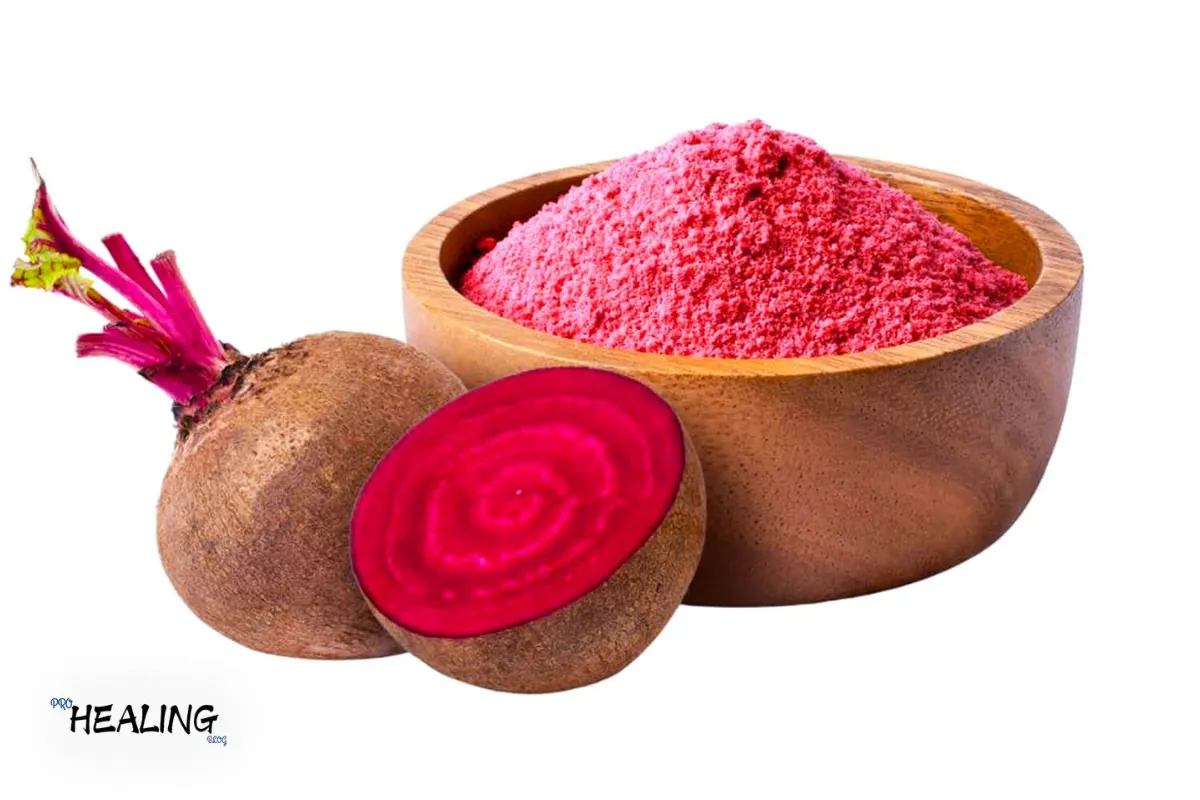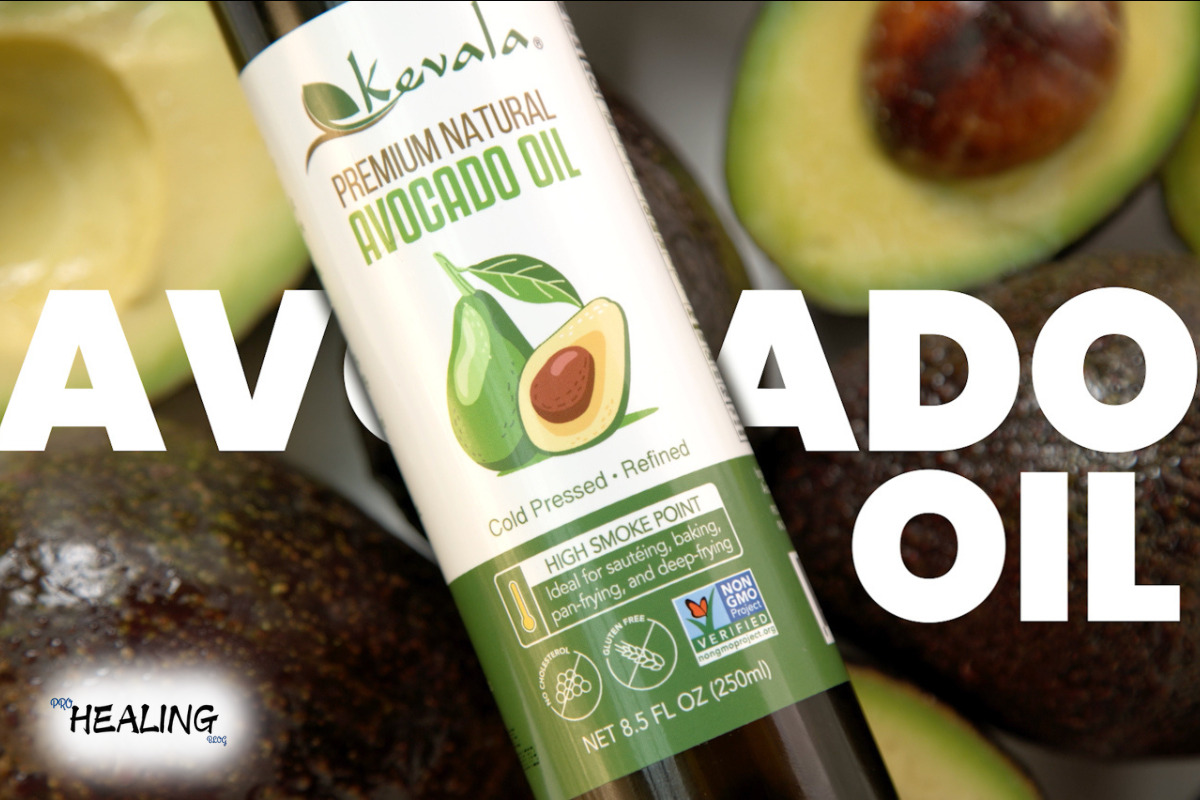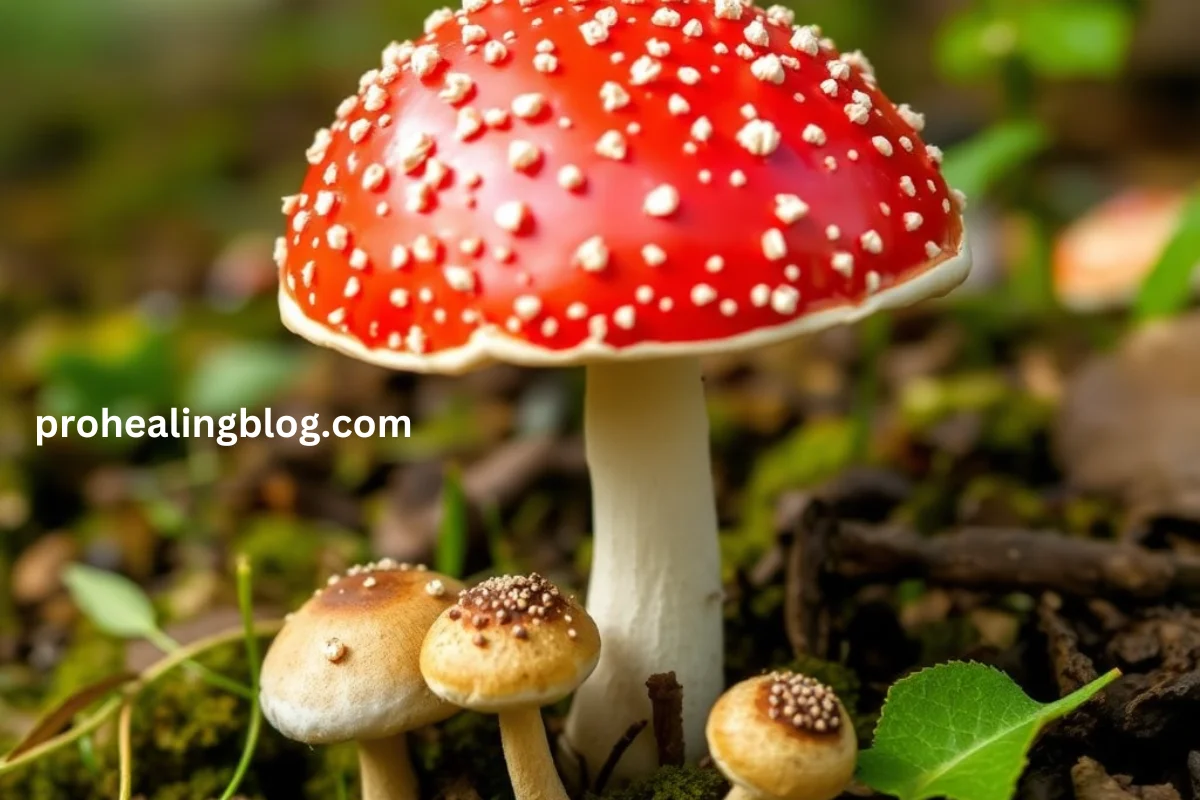Loofa (or luffa) is more than just a bath sponge. It’s a natural exfoliating powerhouse that can elevate your skincare routine while offering eco-friendly benefits. Whether you’ve heard about loofas or you’re a loyal user, this guide will help you discover why you should add this versatile natural product to your daily self-care ritual.
In this article, we’ll explore what loofa is, its benefits, uses, and how to properly care for it. Plus, we’ll discuss some common myths and questions surrounding loofas to ensure you get the most out of this natural wonder.
What Is Loofa?
Loofa (also spelled luffa) is a plant in the gourd family. The loofa plant produces long, cylindrical fruits that, when harvested, can be dried and transformed into a sponge. These sponges are commonly used in baths and showers for exfoliation, but their uses extend beyond skincare.
When the loofa fruit is peeled and cleaned, it reveals a fibrous, sponge-like texture. This natural material makes loofas perfect for removing dead skin cells, promoting healthy circulation, and improving overall skin texture.
The Different Types of Luffa
Not all loofas are created equal. There are two main types to consider:
- Natural Loofah: This is the traditional, organic loofah. It’s made by drying the fruit of the loofah plant and peeling it to reveal its fibrous interior. These loofas are biodegradable, eco-friendly, and ideal for exfoliation.
- Synthetic Loofah: Some loofahs are made from synthetic materials. These can be made to mimic the texture of natural loofah but might not have the same skin benefits or sustainability.
For maximum skin benefits and sustainability, opt for a natural loofah. They are gentle, exfoliating, and compostable once they wear out.
Key Benefits of Using Loofa
Loofas offer a wide range of skin and health benefits. Let’s look at why this simple, natural sponge is worth adding to your skincare routine:
1. Exfoliation
Loofa is an excellent exfoliator. The fibrous texture of natural loofahs removes dead skin cells, helping your skin stay smooth and radiant. Regular exfoliation also promotes cell turnover, which can reduce the appearance of blemishes and wrinkles.
2. Improved Circulation
When you use a luffa, the rubbing action boosts blood flow to the skin. Increased circulation helps nourish skin cells and can give your complexion a natural glow.
3. Acne Prevention
Exfoliation with a luffa helps unclog pores, reducing the buildup of dead skin cells and oil, which can contribute to acne. Regular use can help keep your skin clear and free from blemishes.
4. Eco-Friendly
Unlike plastic sponges, natural loofas are biodegradable. This makes them a great alternative for anyone looking to reduce their environmental impact. As they are completely organic, they break down naturally when disposed of, leaving behind no harmful waste.
5. Gentle on Skin
Despite their rough texture, loofas are gentle on the skin. They’re ideal for people with sensitive skin as they can exfoliate without causing irritation when used properly.
How to Use Luffa for Skincare
To get the most out of your luffa, it’s important to use it correctly. Here’s a simple guide for incorporating loofa into your skincare routine:
- Wet Your Loofa: Before using the luffa, soak it in warm water for a few minutes. This softens the fibers, making them more gentle on your skin.
- Apply Your Favorite Soap or Body Wash: Use a natural body wash or soap to help the luffa glide over your skin smoothly. Avoid harsh, chemical-filled soaps that may irritate your skin.
- Exfoliate Your Skin: Gently rub the loofa on your body in circular motions. Focus on areas that tend to be rough or dry, such as elbows, knees, and feet. Avoid using a loofa on your face, as the skin there is more delicate.
- Rinse and Moisturize: After exfoliating, rinse your body thoroughly to remove any dead skin. Follow up with a good moisturizer to lock in hydration.
Tips for Maximizing Loofa Benefits
To get the most from your luffa, here are a few helpful tips:
- Use Regularly, but Not Too Often: Exfoliating with a luffa once or twice a week is sufficient for most people. Over-exfoliating can lead to skin irritation.
- Keep It Clean: After each use, rinse your loofa thoroughly and hang it to dry in a well-ventilated area. This helps prevent bacteria and mold buildup.
- Replace Regularly: Luffas are natural products that can wear out over time. When it starts to look worn or loses its texture, it’s time to replace it. On average, a loofa lasts around 4-6 weeks.
How to Care for Your Loofa
Proper care is key to maintaining your loofa’s effectiveness. Here are a few tips for keeping your loofa in top condition:
- Clean and Dry After Each Use: Rinse your loofa after every use to remove any soap residue or dead skin. Allow it to dry in an open, airy space. Don’t store it in a damp, enclosed environment, as this can promote mold growth.
- Sanitize Once a Week: To keep your luffa bacteria-free, sanitize it every week. You can do this by soaking it in a mixture of warm water and vinegar or baking soda.
- Replace When Necessary: As your luffa wears down, replace it with a fresh one. A good rule of thumb is to change it every 1-2 months, depending on how often you use it.
Growing Your Own Luffa
Did you know you can grow your own loofa? While it requires a bit of patience, growing your loofas can be a fun and rewarding experience. Here’s how to do it:
- Choose a Sunny Spot: Loofas thrive in warm, sunny climates. Choose a location with full sun and well-drained soil.
- Plant the Seeds: Plant loofa seeds in the spring after the last frost. Loofas are similar to cucumbers and require a growing season of about 120 days.
- Tend to the Plants: Loofa plants require regular watering and support for their long vines. As they grow, they’ll produce small, yellow flowers.
- Harvest When Mature: Once the loofa fruits have matured and dried out on the vine, harvest them. You’ll need to peel off the skin, clean the fibers, and let them dry completely.
- Prepare the Loofa: After cleaning, you’ll have a natural loofa sponge ready for use!
Common Myths About Luffa
Let’s bust a few myths about loofas to ensure you’re using them correctly:
- Loofas Are Only for Exfoliation: While exfoliation is the most common use, loofas can also be used to scrub surfaces, wash dishes, and even as a natural cleaning sponge.
- Loofas Are Too Harsh for Skin: When used properly, loofas are gentle on the skin. Avoid excessive pressure and use a damp loofa to prevent irritation.
- Loofas Are Hard to Clean: Loofas are easy to clean. Just rinse them thoroughly after each use and allow them to dry properly to keep them fresh.
Final Thoughts
Loofa sponges are versatile, eco-friendly, and great for exfoliating your skin. Whether you buy one or grow your own, incorporating a loofa into your skincare routine can help you maintain smooth, glowing skin. By following proper care and maintenance, you can enjoy the benefits of this natural product for months to come.
Choose a natural loofa for the best skin benefits and sustainability. Remember to replace your loofa regularly to ensure optimal performance and hygiene. With the right care, a loofa can become an essential part of your beauty and self-care routine.






